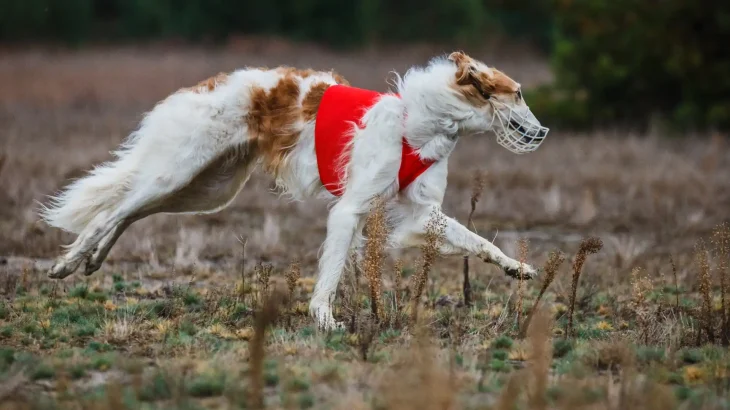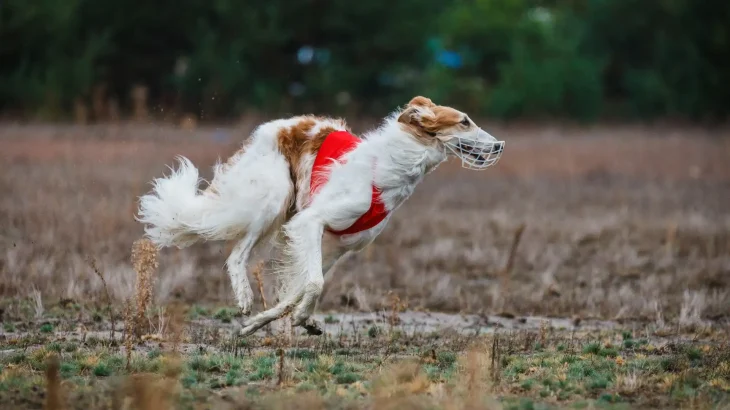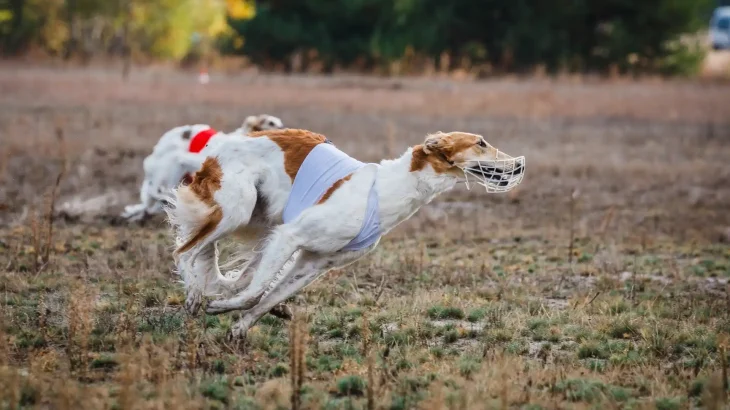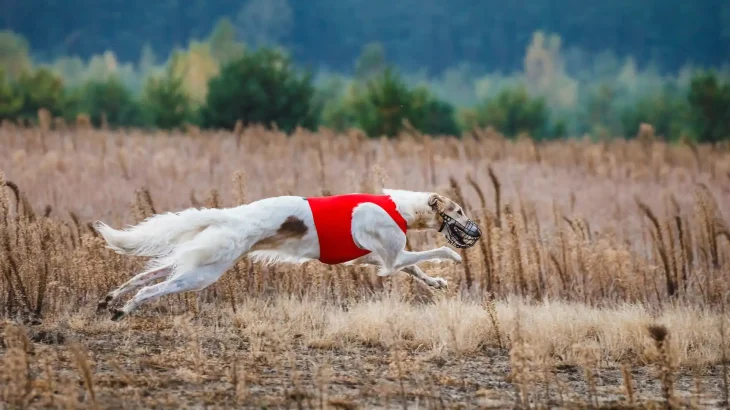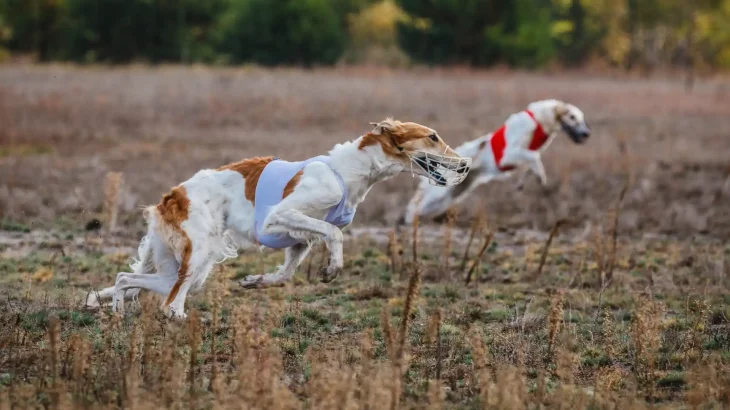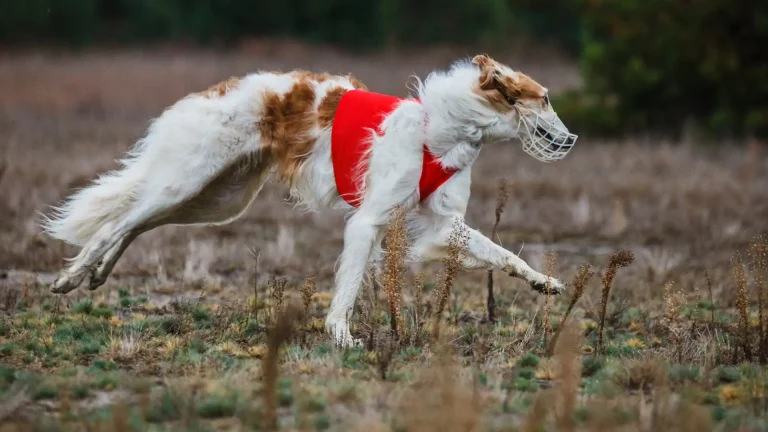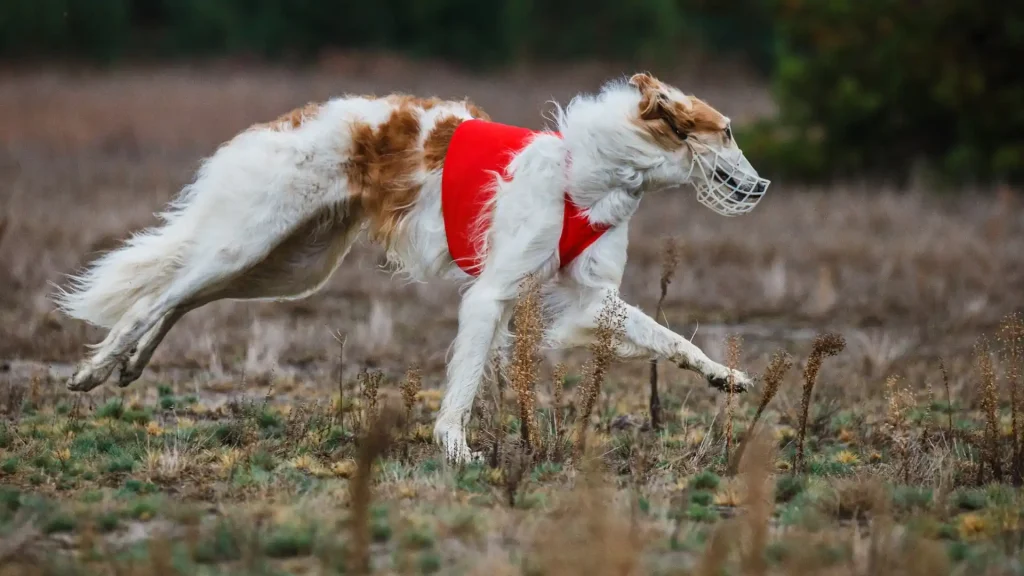When deciding to bring an East Russian Coursing Hound puppy into your life, choosing between adoption and purchasing from a breeder involves considerations about health history, breed pedigree, and ethical practices. Both options have unique benefits and challenges that can influence your experience and the wellbeing of the puppy.
Adoption vs. Breeder: Pros & Cons
| Criteria | Buying from Breeder | Adopting from Shelter/Rescue |
|---|---|---|
| Cost | Typically higher due to purebred status and breeder care. | Generally lower fees, sometimes including vaccinations and spay/neuter. |
| Health History | Comprehensive health screenings and genetic history provided. | Health background may be limited or unknown but basic health checks are performed. |
| Age Availability | Usually available as puppies to raise from an early age. | Wide range of ages, including adults. |
| Temperament Insight | Breeders offer insights based on lineage and early behavior. | Shelters provide observations but full temperament history may be unavailable. |
| Ethical Considerations | Supports preservation of breed standards with reputable breeders. | Provides a home to dogs in need and helps reduce shelter populations. |
| Breed Purity & Pedigree | Clear documentation and pedigrees available. | Pedigree may be unknown or mixed, depending on the dog's background. |

